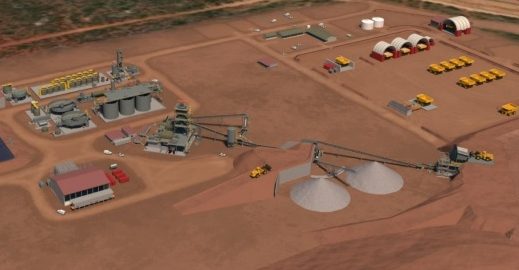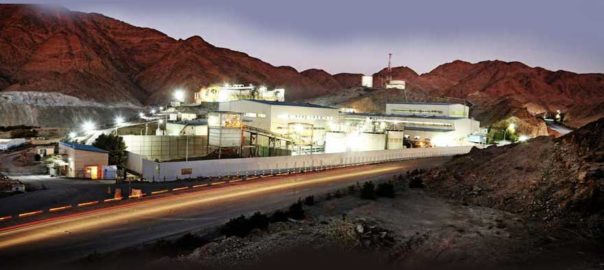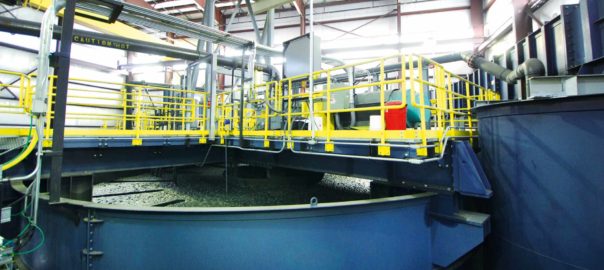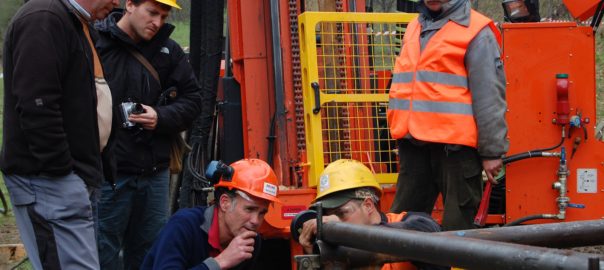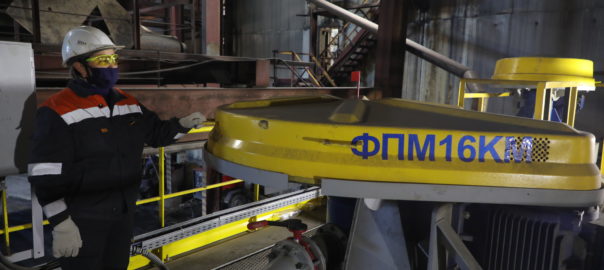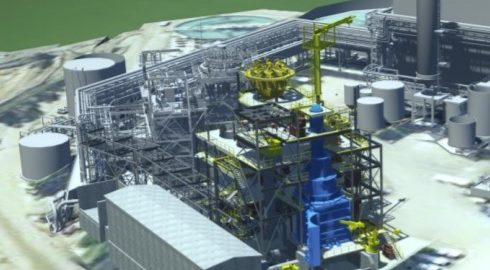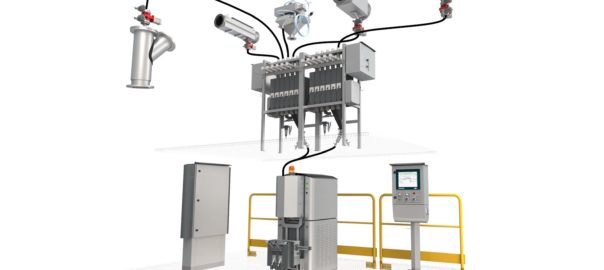Bardoc Gold has signed a letter of intent (LoI) with GR Engineering Services that confirms its status as preferred tenderer for the engineering, procurement and construction (EPC) contract for the processing facility and associated infrastructure at the Bardoc gold project near Kalgoorlie in Western Australia.
The appointment of GRES as preferred tenderer represents another significant step for Bardoc as work continues to accelerate on key project optimisation strategies aimed at streamlining the mining and production schedule, growing the production rate and improving project economics and returns, Bardoc said.
It follows Bardoc recently initiating a Cash-flow Optimisation Study, which is aimed at increasing the forecast production rate, margins and cashflow of the project. The definitive feasibility study, published earlier in the year, outlined a 2.1 Mt/y project with average annual gold sales of 135,760 oz over 8.2 years of mill production.
The LoI contemplates Bardoc working closely with GRES to complete the optimisation work currently underway as the company moves towards project financing and a Final Investment Decision before the end of the year.
Further updates on the optimisation work will be provided in the coming weeks, with results expected to be provided to the market by the end of August, Bardoc said.
GR Engineering has recently completed the construction of several comparable processing plants in Western Australia, according to Bardoc.
Progressing from the current LoI to a formal EPC contract will be subject to various conditions, including board approvals, project financing, statutory approvals and final contractual pricing and terms.
Bardoc Gold CEO, Robert Ryan, said: “Bardoc is moving rapidly towards the development of a new high-quality, high-margin gold project near Kalgoorlie. The competitive EPC tender process has drawn a number of quality submissions, reflecting the rapid progression of the Bardoc Gold Project and the high-quality work completed as part of the definitive feasibility study.
“The appointment of GR Engineering marks another key step in the development of the project and establishes an important relationship with a leading design and construction group. We look forward to working with the GRES team over the coming weeks and months.”







